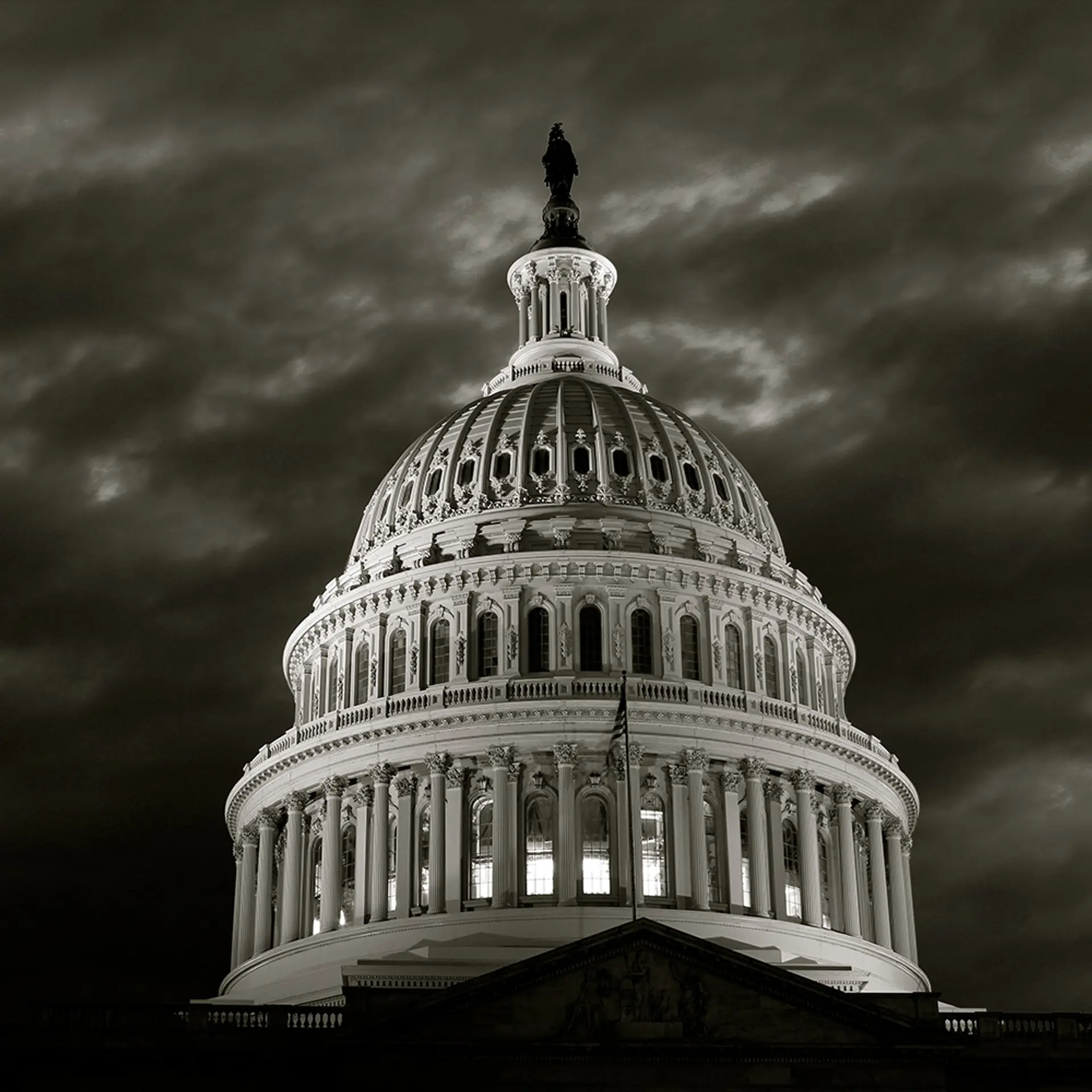Washington, D.C. — The federal government of the United States has been operating under a funding lapse since October 1, 2025, after Congress failed to pass the necessary appropriations bills to keep agencies fully funded. As of now, the shutdown has become the second-longest in U.S. history. What began as a procedural budget standoff has morphed into a grinding, high-stakes confrontation — affecting hundreds of thousands of federal workers, putting vital public services on hold, and forcing state governments, private organizations and ordinary Americans to brace for ever-widening disruption.
The root of the impasse
At its core the shutdown is driven by polarized politics. The fiscal year beginning October 2025 required Congress to pass full‐year funding bills or continuing resolutions. Republicans, holding majorities in both chambers, pushed bills that would include cuts to foreign aid, limits on health-insurance subsidies and restrictions on certain domestic programs. Meanwhile, Democrats demanded that healthcare tax credits, food-aid programs and other social-safety-net provisions be included.
The result: no agreement. The Senate has failed repeatedly to advance a clean funding bill, and the House has adjourned or delayed votes, citing lack of progress. Given that the funding lapse began at 12:01 a.m. EDT on October 1, federal agencies entered contingency plans: “essential” work continues (e.g., national security, law enforcement) but many discretionary operations are furloughed or paused.
On the front lines: federal employees, contractors, and service disruptions
More than half a million federal workers are now missing their first full paycheck as of the 24th day of the shutdown. They fall into two broad categories: those “furloughed” (sent home without pay) and those designated “excepted” or “essential” who continue to work without current pay. One air-traffic controller’s union president observed that federal staffing triggers are in effect at major airports — a sign that essential operations are under strain.
Some agencies have been especially affected. For example:
The Centers for Disease Control and Prevention (CDC) and National Institutes of Health (NIH) remain formally open, but their research, advisory-committee and grant-review functions are severely curtailed.
At airports across the country, staffing weakness among the Federal Aviation Administration (FAA) has triggered delayed flights and ground‐delay programs.
For contractors and secondary federal employees the uncertainty is acute: some are told to hold off new work, others fear they will be laid off, with official lay-off notices already drafted in some agencies.

Beyond the beltway: the ripple effects
The shutdown’s impact spreads into state governments and ordinary people’s lives. Consider food‐aid under the Supplemental Nutrition Assistance Program (SNAP). The federal Department of Agriculture has indicated that unless funding resumes a pause in benefits (or “gap”) is likely after November 1 — meaning millions of Americans risk losing access to food‐stamp benefits. In states like Massachusetts, more than a million people may face food insecurity if benefits halt. CBS News Meanwhile, private food-bank organizations say they are already facing heavier demand, and larger burdens are just around the corner.
On the economic front, key data releases are being delayed or canceled entirely: for example, the October inflation report may not be issued because the surveyors cannot operate under the lapse, which adds further complication to economic forecasting and market reaction. State governments are scrambling: some are diverting state funding to support federal programs temporarily, but this is not sustainable given state budget constraints.
Political theatre, blame game and stakes
The shutdown has also exposed fault lines: who is to blame? Public opinion polls show many Americans attribute more fault to Republicans and to the President than Democrats — but the reality is both sides are entangled in the deadlock. The President, Republicans and Senate Democrats have each traded public accusations. The President has labeled Democrats as unwilling to compromise and accused them of demanding “free” benefits for undocumented immigrants (a claim widely contested). For Democrats, the argument is that without additional protections for health subsidies, food assistance and domestic programs, any funding deal would be incomplete and harmful to vulnerable Americans. Some in the Republican majority argue that continuing to fund those programs without offsets would exacerbate deficits or create future fiscal obligations. The key political stake: how long this shutdown drags on. If it persists into November or December, the consequences expand from “annoyance” to “systemic breakdown”: more programs pause, the economy slows, and public trust erodes.
Anomalies and extreme measures
In a development that underscores how unusual the current shutdown has become, the Department of Defense accepted an anonymous US $130 million private donation to cover military personnel pay during the funding lapse — a move that many ethics and legal experts say raises serious constitutional and transparency concerns. While the donation helped cover part of the pay for service members, it remains a tiny fraction of the total funds required. It is also emblematic of how agencies may resort to extraordinary workarounds when standard appropriations fail.
What happens next?
At this point the key questions are: when will Congress move? Which chamber will act first? And what will the deal look like? For resolution to occur, several things must align:
A bill must pass both the House and Senate and be signed by the President.
That bill must appropriate funds to cover current agency operations and possibly include retroactive pay for federal workers.
It may need to address some of the contentious issues: healthcare subsidies, food-aid programs, foreign-aid rescissions and domestic spending levels.
Timing is critical: the longer the shutdown continues, the higher the cost — both financial and political.
Public pressure is mounting. Some federal workers have begun accessing savings, seeking outside jobs, or facing personal financial strain. The longer the impasse, the harder the recovery will be.
Broader implications and the road ahead
Historically government shutdowns have caused measurable slowdowns in economic growth, increased borrowing costs, reduced consumer confidence and disruptions in public service delivery. This shutdown already threatens to affect GDP growth in the fourth quarter, especially if key data and oversight functions are stalled. For millions of Americans, the shutdown is more than political theatre: it is missed paychecks, delayed food benefits, uncertain services, and increased stress. For the federal workforce, it is a stark reminder of how political gridlock can cascade into personal hardship.
For the president and Congress, the shutdown may imprint lasting damage: constituent anger, electoral fallout, and weakened institutional credibility. If the shutdown deepens into months rather than weeks, the recovery may be slow and painful.
Yet at the same time, a deal remains possible — if negotiators pivot from ideological rigidity to pragmatic compromise. The options on the table include: a short‐term continuing resolution that buys more time, a clean funding bill that resolves the immediate lapse, or a larger omnibus spending package that resolves major policy disputes.
One way or another the impasse will end — the only question is when and at what cost.
Final thought
The U.S. federal government shutdown of 2025 is not simply another budget hiccup. It is a symptom of deep partisan stalemate, structural political dysfunction and real-world human and economic consequences. As days turn into weeks, the pressure mounts — and the urgency for resolution grows. For federal workers without a paycheck, families relying on food assistance and a nation watching the breakdown of its institutions, the stakes are high. Whether this impasse will be broken by compromise or collapse remains to be seen — but the longer it lasts, the more damage it will inflict.
